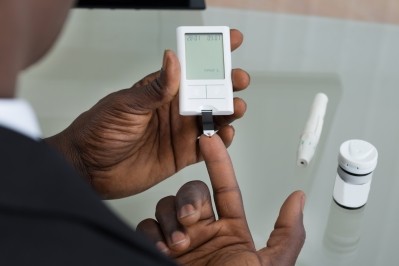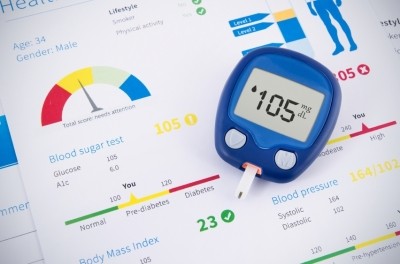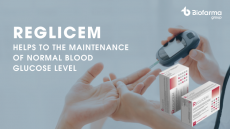Editor's Spotlight
Personalised nutrition model a basis for better blood glucose control, study finds

The approach uses a predictive model that takes into account food components and the host microbiome that the team say outperforms commonly used approaches for blood glucose management.
“Models targeted for specific populations of interest, such as patients of diabetes or other metabolic diseases, can be developed by collecting data in these populations, and can potentially help to provide more accurate nutritional guides in these cases,” the research team said.
“We believe that the type of modelling framework developed and its adaptations to target populations of interest, will significantly help nutrition experts delineate personalised nutrition plans and thus significantly reduce the risk of developing these conditions.”
Common dietary approaches for preventing frequent high blood glucose include calorie or carbohydrate counting, and approaches based on the glycaemic index.
However, their efficacy varies across individuals with food consumed, lifestyle, genetics, degree of insulin sensitivity, and intestinal transit time important factors.
One study highlighted the microbiome’s role in an individual linked to postprandial glucose responses (PPGRs) to food.
Evidence suggests the most successful strategy for controlling blood glucose concentrations is very much personalised with characteristics of each particular individual having a significant say.
Study details
The modelling approach takes its cue from a framework described in a previous study in which researchers enrolled an Israeli cohort complete with a unique set of food components and microbiome populations.
Significantly, the microbiome in the Israeli cohort was different to that of the Midwestern American population.
In this study, the team from the Mayo Clinic in Rochester and personalised nutrition company DayTwo, began by recruiting 327 individuals from the US Midwestern for this study.
Participants provided information regarding lifestyle, dietary habits, and health, as well as a stool sample for characterisation of their gut microbiome.
They were then connected to continuous glucose monitors for six days during which they ate four standardised meals typical of the US Midwest and in contrast to those eaten by the Israeli cohort (bread, bread + butter, glucose, fructose).
Two of these meals consisted of one plain bagel with or without cream cheese; the other two consisted of cereals (participants chose one of three brands) with or without a cup of milk (either soy milk or 2% milk). The glycaemic response to these meals were recorded during this period.
The team found, when trained on the Israeli cohort meals only, model performance for predicting responses of individuals in the Midwestern cohort was better than that observed for models taking into consideration the carbohydrate or calorie content of the meals alone.
Age and microbiome differences
Performance increased when the model was trained on meals from both cohorts, likely because of the observed differences in age distribution, diet, and microbiome.
“The model trained with an Israeli cohort predicts PPGRs for a cohort of Midwestern individuals despite differences between the two populations,” the study team said.
“Re-training the model on data collected for the Midwestern population further improved its performance, though the extent of improvement was mild.
“This may be due to the integration of some cohort-specific characteristics, such as different average age, nutrient consumption, and composition of the microbiome.”
For future consideration the possibility of including physical activity date was suggested, which could allow better control of glycaemic concentrations through exercise, in addition to dietary interventions.
The team also warned of the rising incidences of diabetes and cardiovascular disease in the last 30 years and were projected to continue to rise unless better control of glycaemic concentrations was achieved.
Source: The American Journal of Clinical Nutrition
Published online: doi.org/10.1093/ajcn/nqz028
“Model of personalized postprandial glycemic response to food developed for an Israeli cohort predicts responses in Midwestern American individuals.”
Authors: Helena Mendes-Soares Tali Raveh-Sadka Shahar Azulay Yatir Ben-Shlomo Yossi Cohen Tal Ofek Josh Stevens Davidi Bachrach Purna Kashyap Lihi Segal Heidi Nelson














